Welcome to The Cusp: cutting-edge AI news explained in simple English.
In this week's issue:
- AI animation is now definitively better than humans.
- Some huge studios are beginning to use AI in production.
- Why most animators/artists have < 5 years left.
- What you can do to future-proof yourself.
Let's dive in.
First: you're probably going to lose your job
If you're looking to get into animation as a career, you probably have less than five years to build your career.
Why?
- DALL-E 2 and other AI art models can now produce a near-infinite variety of illustrations using a simple text prompt. By 2025, they'll outperform human artists on every metric.
- AI animation models already exist that can take a static illustration and "imagine" different movements, poses, and frames. You can make the Mona Lisa smile, laugh, or cry - and there's nothing stopping you from doing that to other images, too.
- AI video models are right around the corner. Soon, studios will be able to create smooth videos of any framerate with nothing more than a text prompt. Short films will be next.
If Toei Animation (the studio in charge of One Piece and DBZ) is already doing it... you should probably take it seriously.
To be entirely clear: what I am saying is that this is not an industry with staying power. You will lose your job, or at the least, fall prey to a significant reduction in pay and upward mobility.
And there's really nothing you can do about it.
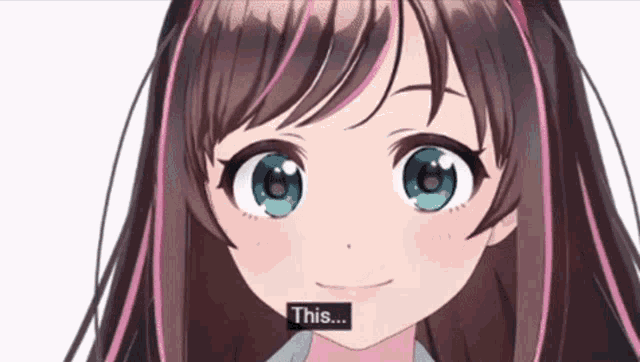
The financial incentives
AI-based animations can be produced cheaply, quickly, and with far less manpower than traditional hand-drawn or computer-generated animations. And as these technologies continue to develop and be refined, the price difference will only grow larger.
Let's drastically oversimplify this by looking at DALL-E 2's recent fee model.

Looking at the numbers, it now costs ~$0.13USD to generate 4 images. This price will probably plummet as competing models make it into the fore, but we'll be conservative and assume it stays fixed.
If it takes eight generations to find one image you're happy with, you're still only paying approximately a quarter, or $0.26USD, for a piece of art equivalent to a high-quality commission.
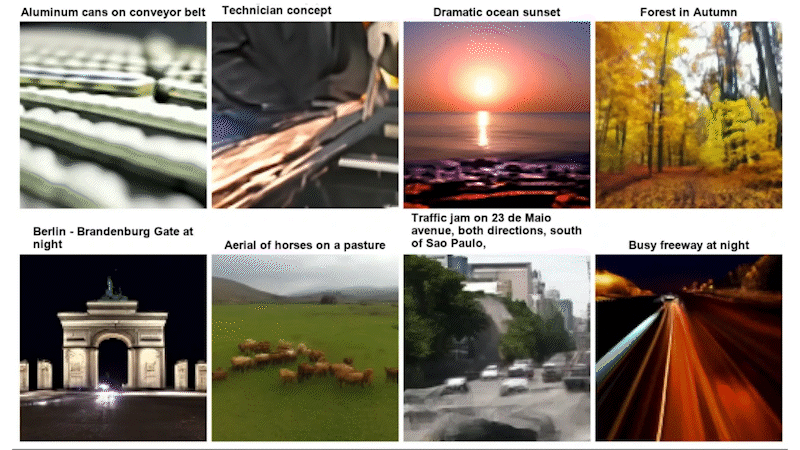
Contrast this with the cost of a traditional commission artist just three or four years ago. If said artist charged $25/image, the price difference is already inescapably large: it's almost 100x cheaper to use AI.
But many artists would have charged five or ten times that amount, making the difference closer to 1000x cheaper. A few still do, because they haven't seen the writing on the wall - and they're wondering why sales are plummeting and no one seems interested in their stuff anymore.
Speed & iterability
But it's not just about the money. With AI, you can also get results much faster. DALL-E 2 can generate images in real-time, meaning you don't have to wait for hours or days for a response.
This is, and will continue to be, crucial to the success of any animator or studio. One of the most important parts of the job is quickly testing concept art before deciding on an approach.
DALL-E 2, for instance, significantly shortens this loop: it lets designers and illustrators iterate on an idea before investing the time and money into expensive animation. The next illustration (or perhaps video) model will be able to do so even faster, and with far greater fidelity.
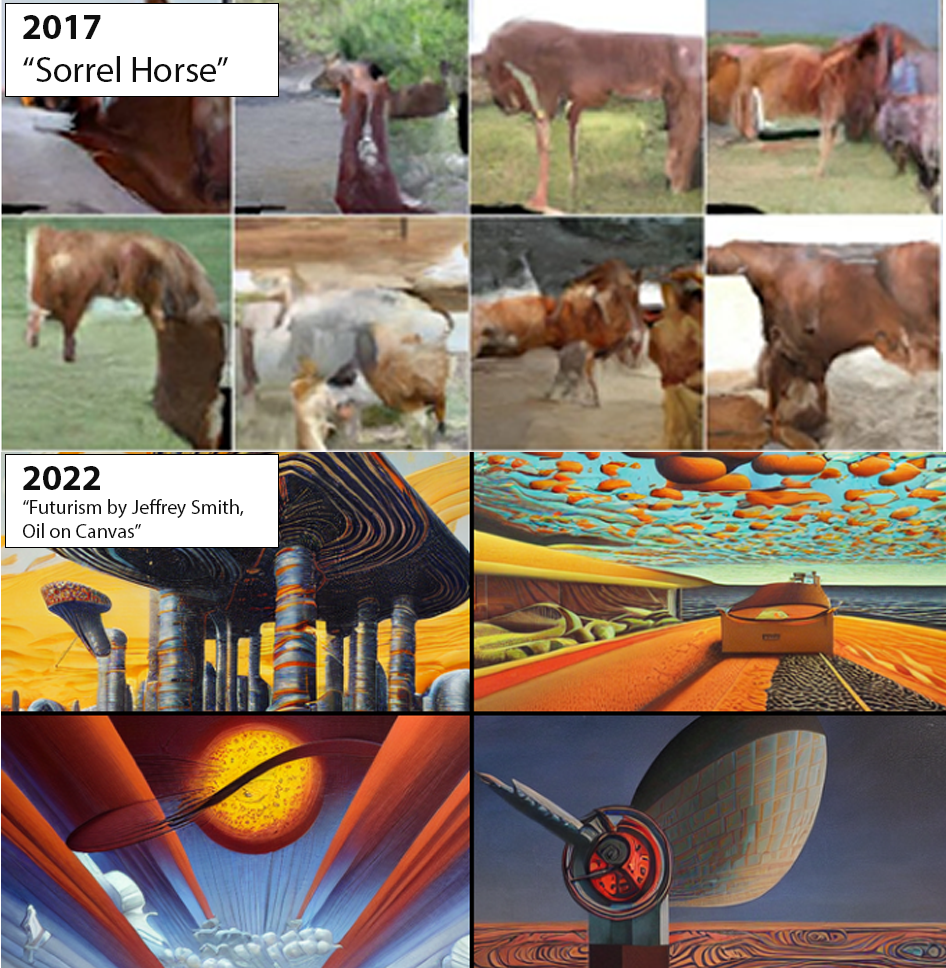
To sum it up: there's simply no future for human animators, commission artists, or illustrators in an AI-enabled economy.
A bridge: animation models
A likely course of events: before full video AI is developed (and by full video AI, I mean the industry-destroying kind that you'll be able to prompt with "scene of a darker, grittier Naruto killing a ninja"), animation agencies and production studios will shift more of their operations to generating static AI images first using a model like DALL-E 2, and then applying a living portrait-style model (to cut costs and stay competitive).
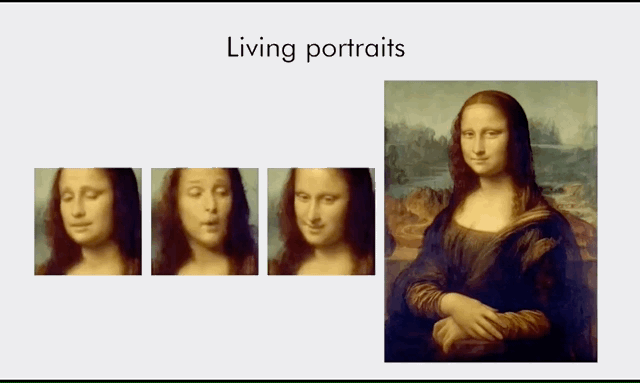
To reiterate, as studios around the world wait for complete video AI to be developed, they'll bridge the gap with a two-step pipeline: the first step will static images of objects/characters, and the second will "imagine" the various frames, angles, and movements they'll engage in. See Crypko, below, for an example.
Perfect vs. good enough
Animation models won't be perfect, at least not for the next few years. But they don't need to be. Even rough line drafts (full of errors) would more than halve the amount of time traditional animators need to spend on their work, doubling their capacity and making the market that much harder to break into for artists.
This is already happening, by the way: motion capture technology, a nascent and inefficient form of animation AI, is routinely used to significantly improve the value of a single static image.
Just look at the recent V-tuber craze as an example. AI generated animation allows people to multiply the utility of a single drawn frame, increasing accessibility and lowering the barrier to entry for animators considerably.

... which sounds great as an artist, until you realize this also eliminates the value of humans in that same marketplace.
NeRF
Another fascinating development is Neural Radiance Fields (NeRF).
In recent years, many animation studios have shifted to producing the majority of their artwork in 3D, and then either tracing or rendering the result directly. This has several advantages:
- It is cheaper to produce: you need far fewer artists per scene
- It eliminates the need for expensive and time-consuming rotoscoping
- Scenes with many independently moving characters, like crowds or large-scale battles, can be created much faster
AI will accelerate this approach. In particular, NeRF can now be used to create realistic 3D environments of static characters and objects. Within a few years, animators will routinely use technology like this to render full 3D environments automatically, improving both their output and realism.
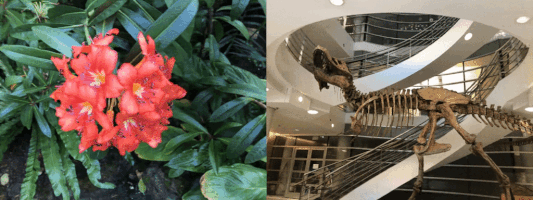
This will put immense pressure on animators and keyframers, who will have to drop prices considerably or learn to use motion capture themselves. Even then, their time will be limited.
Final thoughts: will AI replace animators?
Probably.
To be frank, I don't think this is a net negative for human society. Many incredible stories have been limited in scope by their ability to be animated. Berserk is a prime example.
By removing that bottleneck, writers and visionaries will be freed to craft and imagine even better stories. The next ten to twenty years will probably feature an era of human artistic abundance, where some of the greatest works of mankind will dwell on for eternity...
... at least until AI gets better than us at that, too.
Either way, there's no doubt this will significantly impact the job market. DALL-E 2 and the AI art movement is already causing a sizeable reduction in artist commissions, and that effect will soon trickle down into B2B and wider world.
If you fancy illustration or animation as a career, you should probably relegate that to hobby-status and work on something less easily-destroyable.






